Rising Demand for Sustainable Practices
The growing emphasis on sustainability is significantly influencing the VOC Concentrator Market. Companies are increasingly recognizing the importance of adopting environmentally friendly practices to enhance their corporate social responsibility profiles. This shift towards sustainability is driving the demand for VOC concentrators, which help in reducing harmful emissions and recovering valuable solvents. Industries such as automotive, pharmaceuticals, and chemical manufacturing are particularly focused on integrating sustainable technologies into their operations. As a result, the market is expected to witness a growth trajectory of around 7% over the next few years, as more organizations seek to align their operations with sustainable practices.
Increasing Industrial Emissions Regulations
The VOC Concentrator Market is experiencing a notable surge due to the tightening of industrial emissions regulations. Governments are implementing stricter guidelines to control volatile organic compounds, which are known to contribute to air pollution and health hazards. This regulatory pressure compels industries to adopt advanced technologies, such as VOC concentrators, to comply with environmental standards. For instance, the European Union has set ambitious targets for reducing emissions, which has led to a projected growth rate of approximately 6% in the VOC concentrator market over the next five years. As industries strive to meet these regulations, the demand for efficient VOC management solutions is likely to increase, driving the market forward.
Technological Innovations in VOC Concentration
Technological advancements play a pivotal role in shaping the VOC Concentrator Market. Innovations in adsorption and desorption technologies have led to the development of more efficient and cost-effective VOC concentrators. These advancements not only enhance the performance of VOC concentrators but also reduce operational costs for industries. For example, the introduction of advanced materials and processes has improved the recovery rates of VOCs, making it economically viable for companies to invest in these systems. The market is projected to grow at a compound annual growth rate of 5% as industries increasingly adopt these innovative solutions to optimize their VOC management strategies.
Expansion of the Chemical and Petrochemical Industries
The expansion of the chemical and petrochemical industries is a significant driver for the VOC Concentrator Market. As these sectors grow, the production processes often lead to increased emissions of volatile organic compounds. Consequently, there is a heightened need for effective VOC management solutions to mitigate environmental impacts. The chemical industry alone is projected to grow at a rate of 4% annually, which directly correlates with the rising demand for VOC concentrators. This trend indicates that as production scales up, the necessity for efficient VOC concentration technologies will likely follow suit, further propelling market growth.
Increased Awareness of Health Risks Associated with VOCs
There is a growing awareness of the health risks associated with volatile organic compounds, which is driving the VOC Concentrator Market. As consumers and regulatory bodies become more informed about the adverse effects of VOC exposure, industries are compelled to take proactive measures to reduce emissions. This heightened awareness is leading to increased investments in VOC management technologies, including concentrators. The market is anticipated to grow by approximately 5% as companies prioritize health and safety in their operations. This trend underscores the importance of addressing VOC emissions not only for regulatory compliance but also for safeguarding public health.
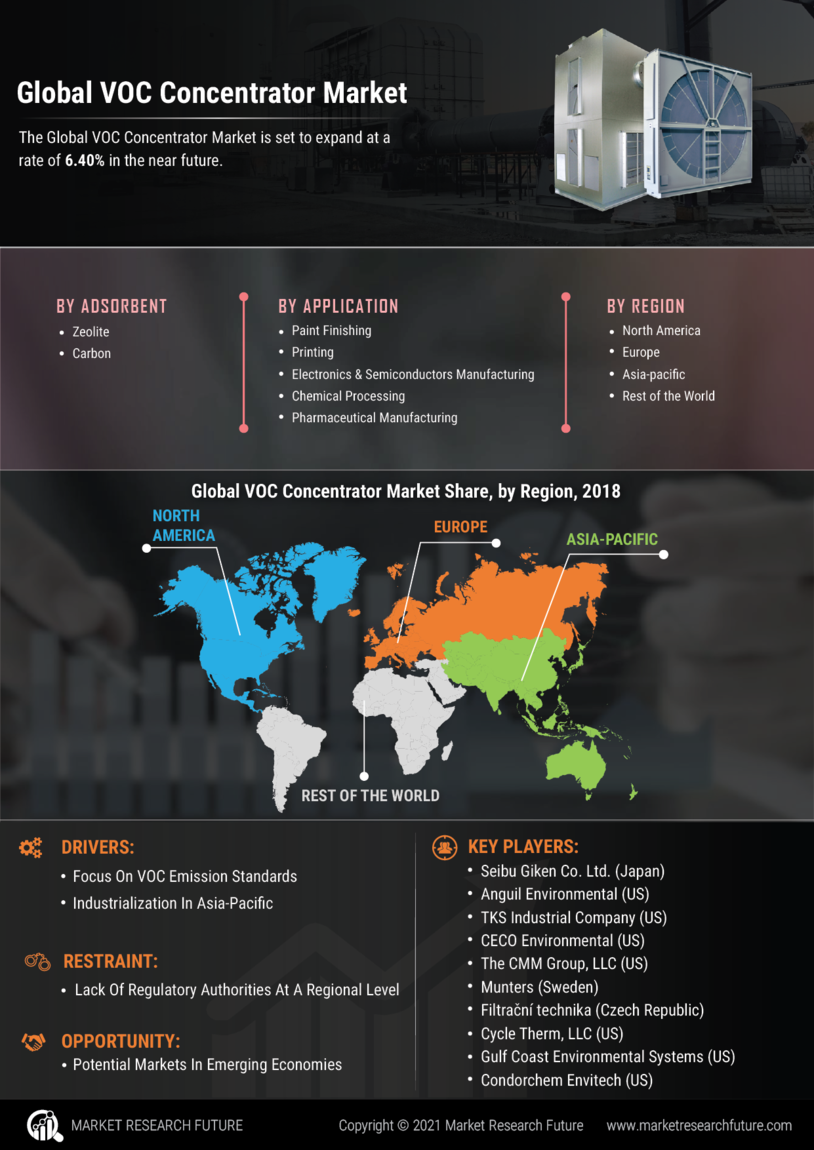

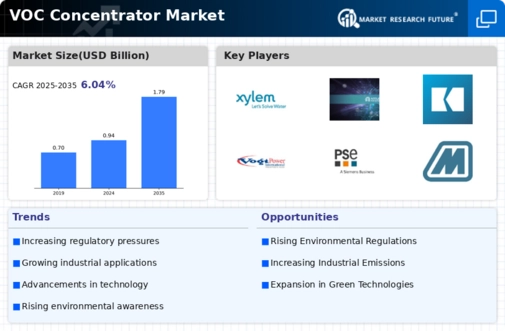
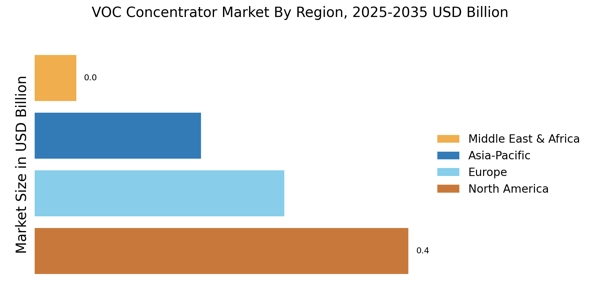
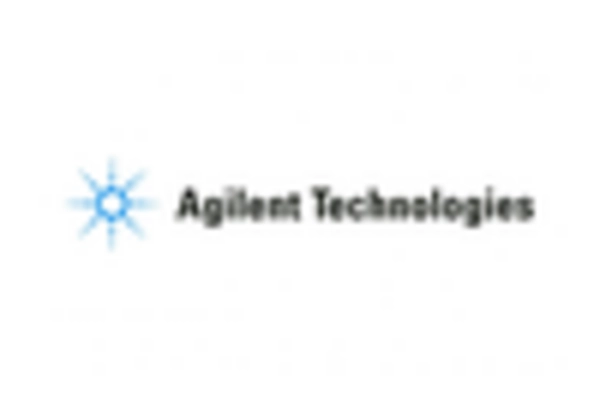
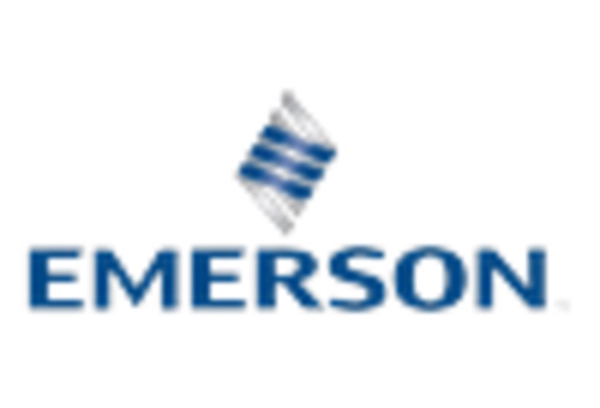

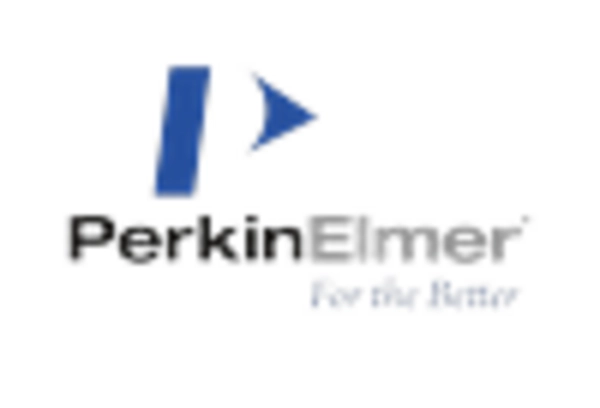










Leave a Comment